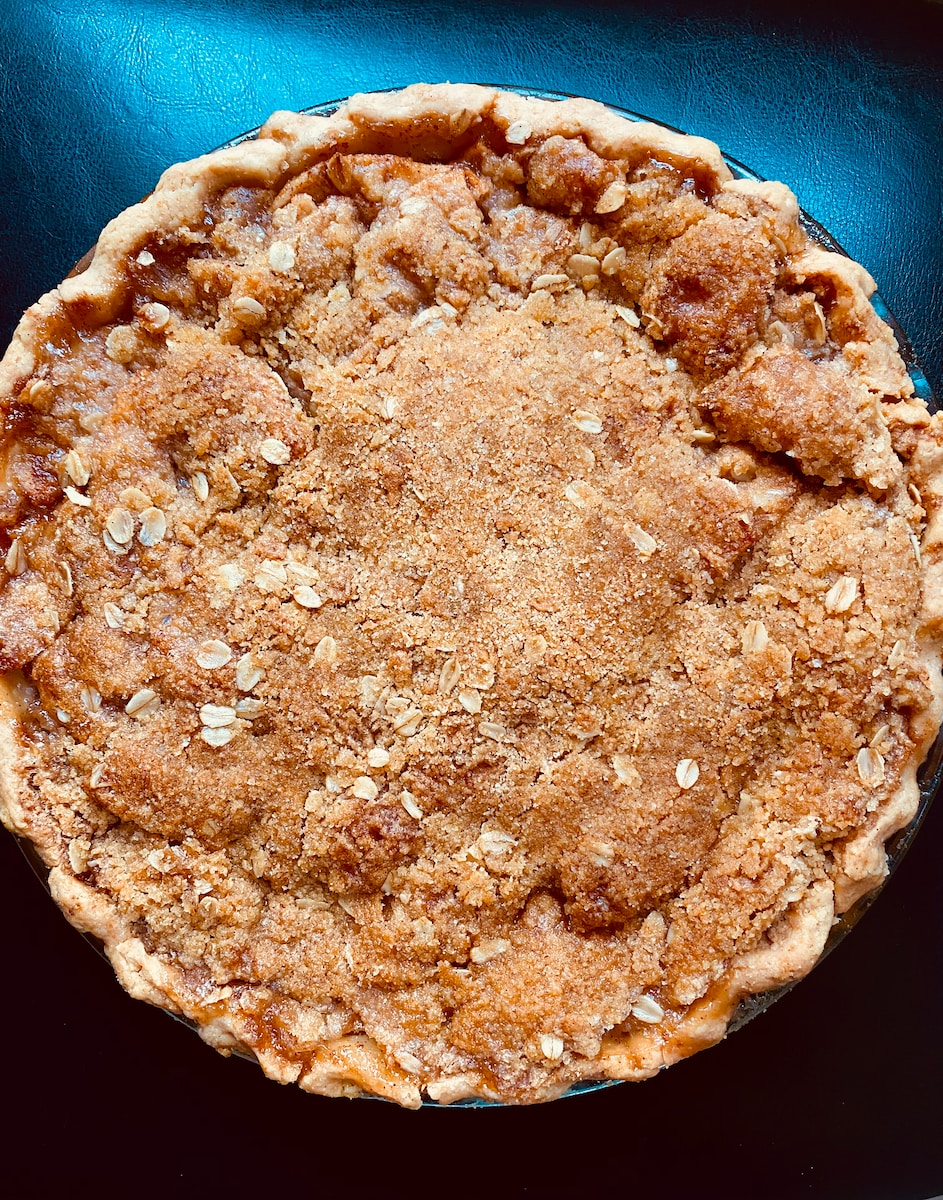The ultimate guide to savory baking: pies, quiches, and more

Welcome to the world of savory baking where pies, quiches, and other sumptuous treats rule the kitchen. Regardless of whether you’re a seasoned baker or a novice in the art of baking, this guide will help you perfect your skills and broaden your pastry repertoire. We will delve into the techniques that lead to the perfect crust, the art of mixing and matching fillings, and even share a few select recipes from the best cookbooks around.
Crafting the Perfect Dough
The foundation of any great pie or quiche is the dough. It’s the vessel that holds your savory fillings and adds the much-needed crunch to your meal.
A lire en complément : Mastering the art of japanese tempura
To craft the perfect dough, you need to consider the type of pastry you’re making. For instance, shortcrust pastry is ideal for pies and quiches due to its delicate crumbly texture, while puff pastry, known for its light, flaky layers, is best for tarts.
When making your dough, ensure that all your ingredients are cold. This will prevent the butter from melting prematurely and interfering with the gluten development in the flour. The result? A light, flaky crust that will impress even the toughest critics.
Dans le meme genre : The ultimate guide to barbecue ribs and pulled pork
Also, be careful not to overwork your dough. This could make the dough tough when baked—a nightmare for any baker.
Selecting and Preparing Your Fillings
Once your dough is ready, it’s time to think about your fillings. The beauty of pies, quiches, and tarts is that they are incredibly versatile. You can add virtually any ingredient to your dish, from cheese and vegetables to meats and seafood.
When selecting and preparing your fillings, consider the balance of flavors. For instance, if you’re using a rich ingredient like cream, balance it out with something light and fresh like spinach or asparagus.
Remember to cook your fillings before adding them to your pastry. This will ensure they are fully cooked when the pastry is ready and prevent the dough from becoming soggy.
Perfecting the Baking Process
As you’ve probably guessed by now, baking is much more than sticking your pastry in the oven and waiting for it to brown.
The temperature at which you bake your pastry can make or break your dish. Too hot and your crust might burn before the filling is cooked. Too low and your crust might be underdone by the time the filling is ready. For most pies and quiches, a temperature of 180-200°C (356-392°F) is recommended.
Another important aspect of baking is the positioning of your dish in the oven. Most ovens are hotter at the top than at the bottom, so placing your pie or quiche in the middle of the oven will ensure even cooking.
Lastly, don’t forget to glaze your crust with a beaten egg before baking. This will give it a golden color and a beautiful shine.
Exploring Cookbook Recipes
A good cookbook can be a baker’s best friend, providing a wealth of recipes and tips to improve your skills. From traditional recipes to modern twists, these books will inspire you to push your baking boundaries.
One such cookbook is "The Pie Room" by Calum Franklin, which is filled with savory pie recipes from the renowned Holborn Dining Room in London. Another is "Tartine" by Elisabeth Prueitt and Chad Robertson, which features recipes from the famous San Francisco bakery, including their much-loved quiches.
Remember, a recipe is just a guide. Don’t be afraid to experiment with different ingredients and techniques to make the dish your own.
Expanding Your Savory Baking Repertoire
Once you’ve mastered the basics of savory baking, it’s time to broaden your horizons even further. Why not try your hand at making a sweet and savory pie, like a pork and apple pie? Or how about a quiche with an unusual filling, like blue cheese and pear? The possibilities are endless.
As you continue to explore, you’ll realize that savory baking is as much an art as it is a science. It’s about understanding the ingredients and techniques, but also about unleashing your creativity and having fun with your culinary creations.
In the end, the most important thing is that you enjoy the process. And of course, that you end up with a delicious pie, quiche, or tart to share with your loved ones. Happy baking!
Remember, savory baking is a journey full of delicious discoveries. So, roll up your sleeves, dust off your apron, and let’s set off on this exciting culinary adventure.
The Art of Baking Savory Pies and Tarts
When you hear the words "pies and tarts", your mind might automatically think of sweet treats like apple pie or cherry tart. However, the world of savory pies and tarts is just as delectable and diverse, with a plethora of ingredients and flavors to explore.
Savory pies and tarts are essentially a meal in a pie crust, a perfect combination of a hearty filling and a light, flaky crust. From traditional meat pies and pot pies to vegetable tarts and quiches, the variety is endless.
A key tip from the pie academy is to always pre-bake your pie crust, or blind bake it, to ensure it’s fully cooked and crispy. Also, choose the right pie plate. Glass or metal plates are good conductors of heat and ensure that your pie dough cooks evenly.
As for fillings, the options are limitless. Classic savory pie recipes include ingredients like chicken, beef, or lamb, combined with vegetables and herbs. Seafood is another great option, with favorites like salmon, shrimp, or crab. For vegetarian options, a mix of vegetables like spinach, zucchini, or mushrooms with cheese make for a delicious pie or tart.
Remember, no matter what type of filling you choose, the goal is to achieve a balance of flavors that will delight your taste buds.
Sweet and Savory: A Match Made in Heaven
One of the great joys of baking is the ability to experiment and create unique flavor combinations. And one such combination is sweet and savory. While it might sound unusual to some, the combination of sweet and savory elements in a dish can result in a tantalizing mix of flavors.
For example, an apple pie might be a dessert staple, but have you ever thought of introducing savory elements to it? Try adding sharp cheddar to your apple pie filling for a surprising twist. The tartness of the apples combined with the creaminess of the cheese creates a perfect balance.
Another exciting combination is a bacon and maple syrup pie, where the saltiness of the bacon is complemented by the sweetness of the maple syrup. Or how about a sweet potato and marshmallow pie? The natural sweetness of the sweet potatoes is enhanced by the addition of mini marshmallows, resulting in a dish that can serve as a dessert or a side dish.
When it comes to sweet and savory pies, the only limit is your imagination. Experimenting with different flavors can lead to some truly delicious and unexpected creations.
Wrapping Up: The Joy of Savory Baking
Congratulations! You’ve now learned the essentials of savory baking, from crafting the perfect pie dough to selecting and preparing your fillings, and even mastering the baking process. With these skills, you’re well on your way to creating mouth-watering pies, quiches, and tarts.
Remember, savory baking is more than just following a recipe. It’s about experimentation and creativity. Whether you’re following traditional pie recipes or creating your own unique flavor combinations, the most important thing is to enjoy the process.
So, whether you’re making a classic chicken pot pie, a vegetable tart, or a sweet and savory apple and cheddar pie, remember to have fun and savor every bite. After all, the joy of baking comes not just from the end product, but from the process of creating something delicious from scratch.
So, grab your pie plate, roll out your pie dough, and let the fun begin. Happy baking!
